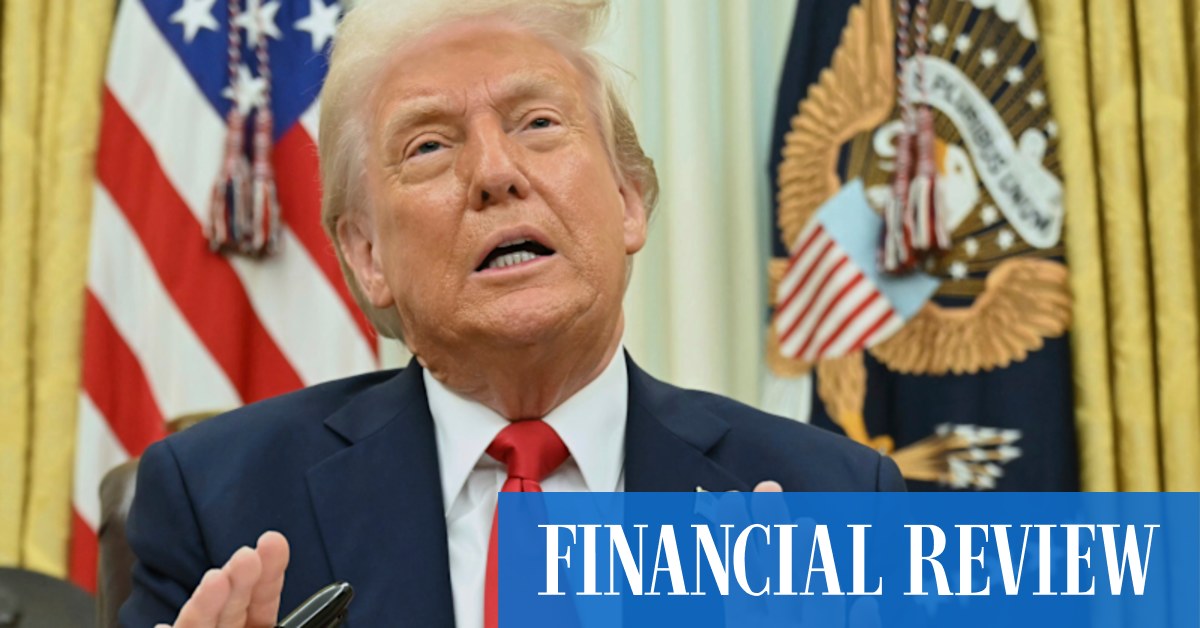Trump's Tariffs: Immediate Impact on Trade – A Ripple Effect Across the Globe
Donald Trump's presidency was marked by a significant shift in US trade policy, most notably his imposition of tariffs on various goods imported from numerous countries. While the long-term economic consequences are still being debated, the immediate impact on global trade was undeniable and far-reaching. This article delves into the immediate effects of these tariffs, examining both the intended and unintended consequences.
The Initial Rationale: Protecting American Industries
The primary justification for Trump's tariffs was the protection of American industries from what the administration deemed unfair trade practices. Specific sectors, like steel and aluminum, faced significant tariffs, aiming to bolster domestic production and create American jobs. The argument was that cheaper imports were undermining US manufacturers, leading to job losses and economic hardship.
-
Target Countries: China bore the brunt of these tariffs, with a wide range of goods subjected to increased duties. However, other countries, including the European Union, Canada, and Mexico, also faced tariffs on various products.
-
The "America First" Approach: This trade policy was a cornerstone of Trump's "America First" agenda, prioritizing domestic interests over international trade agreements and global cooperation.
Immediate Economic Impacts: A Mixed Bag
The immediate impact of Trump's tariffs was complex and multifaceted, leading to both intended and unintended consequences:
Positive Impacts (Claimed):
-
Increased Domestic Production (in some sectors): Some domestic industries, particularly steel and aluminum producers, experienced a short-term boost in production as imports became more expensive. However, this boost was often short-lived and came at a cost.
-
Job Creation (limited and debated): While the administration claimed job creation as a result of the tariffs, independent analyses showed limited and often temporary job growth, often offset by job losses in other sectors.
Negative Impacts:
-
Increased Prices for Consumers: Tariffs directly increased the price of imported goods, leading to higher prices for consumers across a range of products. This impact was particularly felt by lower-income households.
-
Retaliatory Tariffs: Many countries retaliated with their own tariffs on US goods, leading to a trade war that harmed both American exporters and foreign businesses. This resulted in reduced export sales and significant economic disruption.
-
Supply Chain Disruptions: The imposition of tariffs complicated global supply chains, forcing businesses to re-evaluate sourcing strategies and potentially increasing production costs. This led to uncertainties and increased instability in the market.
-
Reduced Global Trade: The overall impact of the tariffs contributed to a slowdown in global trade, hindering economic growth worldwide.
Long-Term Implications: An Ongoing Debate
The long-term consequences of Trump's tariffs are still being assessed. Economists continue to debate the overall net effect on the US economy and the global trading system. The debate centers on the trade-off between protecting specific industries and the broader economic costs of reduced trade and increased prices.
Conclusion: A Complex Legacy
Trump's tariffs represent a significant shift in US trade policy with immediate and lasting impacts. While some sectors experienced short-term gains, the overall effect was largely negative, leading to higher prices for consumers, retaliatory tariffs, and disruptions to global supply chains. The long-term consequences of this trade policy continue to be analyzed and debated, highlighting the complex relationship between protectionism and economic growth. Understanding this complex legacy is crucial for navigating future trade negotiations and shaping a more stable and predictable global trading environment.
Further Reading:
This article aims to provide a balanced and informative overview of the immediate impact of Trump's tariffs. It is essential to consult multiple sources and conduct further research to gain a complete understanding of this complex topic.

